Jöns Ehrenborg and John Mattock deliver a basic but smart little manual for packing your presentations full of punch. They argue well for time-tested, person-to-person methods of persuasion, though they also offer tips on preparing visual aids and some particularly useful ideas on handling after-presentation discussion questions. getAbstract highly recommends this informative how-to book to help you truly communicate with an audience.
Start with Your Listeners
The typical audience member is wondering if your presentation will have any personal relevance. That means your first job is to establish a connection so people feel uniquely affected by your message. One quick way is to offer a thought that reflects what they already think. You will be able to see them nod as they signal their buy-in to your message. If they believe the first thing you say, they will be more inclined to accept what follows. Astute presenters acknowledge facts that may even seem to weaken their overall arguments, but that the audience recognizes as true. Such candor deepens their trust.
Visual Aids That Work
When you are trying to reach people, appeal to their more poetic, emotional "right brains," which remember facts more easily. The right brain is image-oriented. Painting a picture, verbally or with graphics, helps your listeners remember your concepts. Nobody will remember a list, so don't bother with one; you'll bore your audience. Use a visual aid, or another sensory counterpoint, to take advantage of the brain's preferred way of being engaged and saving information. Provide a visual anchor by how you present...










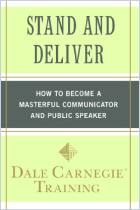
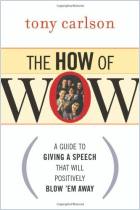
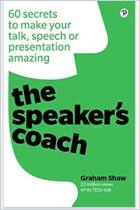
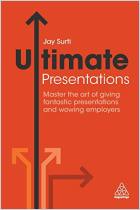
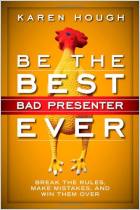
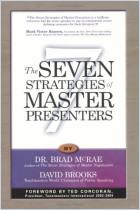



Comment on this summary